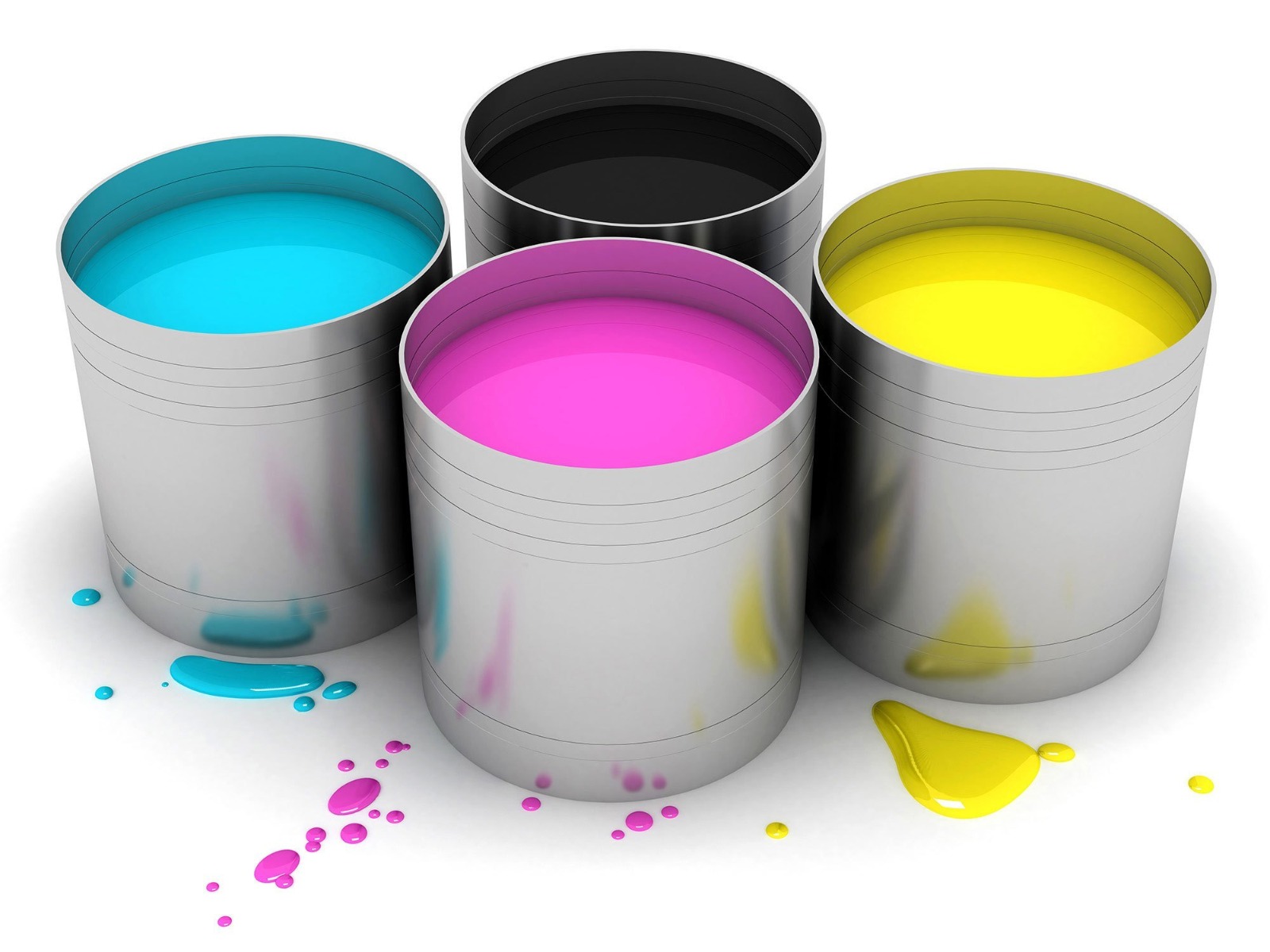Colours and Pigments
Woven Sack Inks
 Our woven sack inks are primarily low-viscosity and alcohol-based, designed for both treated and untreated woven sack fabrication. These inks can be printed using flexographic printing technology and are formulated with various resistant properties, including urea resistance, alkali resistance, and rub resistance. Woven sacks are primarily used for outer packaging of products.
Our woven sack inks are primarily low-viscosity and alcohol-based, designed for both treated and untreated woven sack fabrication. These inks can be printed using flexographic printing technology and are formulated with various resistant properties, including urea resistance, alkali resistance, and rub resistance. Woven sacks are primarily used for outer packaging of products.
HDPE Woven Sack Fabrics Printing Inks
Our HDPE woven sack printing inks are of superior quality, meeting our customers' highest standards. They are ideal for high-speed printing and fine line applications on polyethylene film. Our gravure inks boast excellent adhesion, gloss, depth, print finish, and high print density.
Features:
- Sharp Print ability
- High Strength
- Good scratch Resistance
- Compliance with global standards and specifications.
- Suitable for printing on both untreated and treated HDPE/PP woven sacks.
- Resistance to alkali and urea.
- Ultra-gloss inks available for domestic and international markets
Our highly efficient inks can be used on both polyester and BOPP films, featuring high print density, excellent print finish, and adhesion properties. They find versatile applications on various substrates, including pan, oil and vanaspati, soap wrappers, and more.
Substrates:
These inks can be printed on all types of polyethylene, requiring a treatment level of 38 dynes/cm for optimal adhesion and resistance properties.
Ink Preparation:
Mix 5% of catalyst (Hardener A) and 5% of catalyst (Hardener B) with AR ink at the time of printing, stirring well. A lower proportion of catalyst may lead to inferior resistance properties
Press Returns:
Press returns should be mixed with fresh inks in a ratio of 1:4, ensuring that the amount of catalyst corresponds to the quantity of fresh ink.
Diluents:
Our inks tolerate a wide range of solvents to accommodate variations in press speed and conditions. Recommended diluents include toluene or a blend of isopropyl alcohol, with butyl alcohol suggested as a retarder.
Resistance Testing:

After a minimum of 48 hours of curing, prints should be immersed in a 2% aqueous sodium hydroxide solution for 24 hours. Following this, the prints should be rinsed under tap water and gently rubbed with cotton soaked in water; the prints must not come off. Our two-pack ultra-gloss AR inks are ideal for detergent, washing powder, oil/ghee, spice packaging, and all food packaging containing oils and spices. Inferior resistance properties may result from:
A treatment level lower than the recommended 38 dynes/cmImproper catalyst ratio or mixing
Colour Range:
We offer a full range of Pantone basic shades, including metallic and ARSR shades, as well as lightfast shades.

